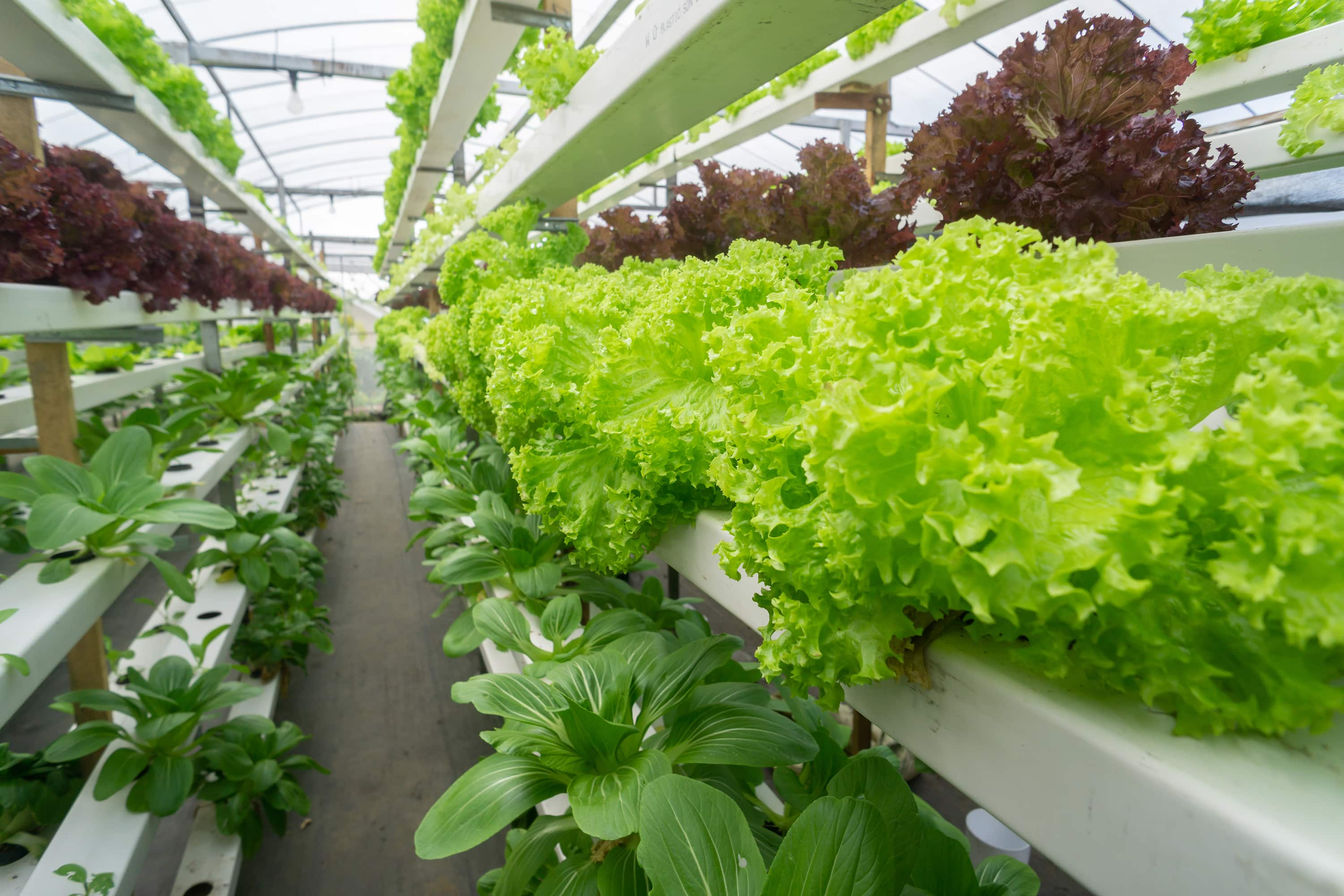Pesticide free, locally grown and certified food safe controlled environmental agriculture.
Is this the future of farming? Should we switch to an efficient method of farming that preserves water?
In this episode, I’m joined by Katie Seawell, Chief Commercial Officer (CCO) at Bowery Farming, to talk about vertical farming, its efficiency, sustainability and quality.
Join us as we discuss:
- The logistics behind controlled environment agriculture
- Bowery’s philosophy around vertical farming
- The social, economic and environmental benefits of indoor farming
Guest: Katie Seawell, Chief Commercial Officer (CCO) at Bowery Farming
To hear all the freshest interviews in the produce industry, subscribe to Fresh Takes on Tech on Apple, Spotify, or your preferred podcast platform.
Listening on a desktop & can’t see the links? Just search for Fresh Takes on Tech in your favorite podcast player.
Listen
How CEA Produce Fit into The Mix of Our Diet w/ Katy Seawell
Pesticide-free, locally-grown and certified food-safe controlled environmental agriculture.
Is this the future of farming? Should we switch to an efficient method of farming that preserves water?
In a recent episode of Fresh Takes On Tech, Katie Seawell, Chief Commercial Officer (CCO) at Bowery Farming, spoke about vertical farming, its efficiency, sustainability, and quality.
Katie covered:
- The logistics behind controlled environment agriculture
- Bowery’s philosophy around vertical farming
- The social, economic, and environmental benefits of indoor farming
The Logistics Behind Controlled Environment Agriculture
Contrary to popular belief, controlled environment agriculture differs from certified organic agriculture. CEA typically involves two main processes of growing:
- Greenhouses
- Indoor vertical farming
Bowery specializes in indoor vertical farming and there are many different methods of indoor vertical farming…
But the three main methods emerging in the marketplace are:
- Hydroponic
- Aeroponics
- Aquaponics
Hydroponic involves the roots being nestled in water, allowing farmers to stack the trays from floor to ceiling and use LED lights.
And since it promotes efficiency and scale, Bowery focuses on this method.
Aeroponics involves spraying plants, while aquaponics uses fish to provide nutrients in the water.
Bowery’s Philosophy Around Vertical Farming
According to Katy, Bowery is locally and regionally grown which means they are incredibly fresh and get from harvest to shelf in 48 - 72 hours.
That’s not all…
They’re pesticide-free, food-safe (in terms of SQF certification), and since they’re growing in a completely controlled environment, they aren’t susceptible to some of the externalities of traditional farming.
Part of being fresh and full of flavor is picking seeds with desired flavor attributes so customers can get incredibly fresh and vibrant produce.
Bowery believes this is a sustainable way to farm at scale because they use less water and land compared to traditional farming.
If you take a look at their packaging, you’ll notice that they clearly communicate the locale where their produce is grown, the fact that they’re pesticide-free, and that there’s no need to wash the produce.
What are the Social, Economic, and Environmental Benefits of Indoor Farming?
According to the United Nations, the human population will reach 9-10 billion people by 2050.
And to make up for the increasing population, food production has to increase by at least 50%.
More people on earth means more land to be occupied, which will directly affect how we think about land use.
Indoor farming is ahead of its time because it has started using less land to produce food people enjoy.
Then there’s climate change.
Globally, food waste is a major contributor to climate change because of methane which is 8 times more potent than carbon.
So re-imagining our food system to steward our natural resources and environment in a way that can also serve the health of people is exactly what indoor farming seeks to achieve.
Now, the amazing thing is people are starting to make food purchasing decisions based on the impact it will have on the environment (18 to 44-year-olds are two times as likely to consider purchases that they know positively impact the environment).
Bowery is also focused on getting their produce from harvest to shelf as quickly as possible because it contributes immensely to freshness, consumer experience, shelf life, and reducing waste.
This is why they operate mainly in the Northeast, although they’ll be expanding to Texas later in 2022, and Georgia in 2023.
One thing that’s very interesting to retailers who work with Bowery is that Bowery owns their entire process from seeding to germination to growth to harvesting to packaging with complete transparency.
The level of food safety that comes from growing in a controlled environment is off the charts.
Another thing is the surety of supply.
We live in a very uncertain world. Whether it’s weather events or global events like COVID or the invasion of Ukraine, the need to have more sovereignty and control over our food production keeps growing.
Wrapping Up
The world is fast-evolving, and controlled environment agriculture seems to be a sustainable way to feed the population.
Bowery aims to have a digital footprint all over the U.S. and the world eventually, but for now, they’re operating close (i.e. within a 250-mile radius) to the communities they serve so they can uphold their value of supplying fresh and flavorful harvest to shelf produce.
They’re constantly growing 365 days a year, their customers love their products and they look forward to serving more communities around the world fresh, flavorful, and pesticide-free produce in the months and years to come.
